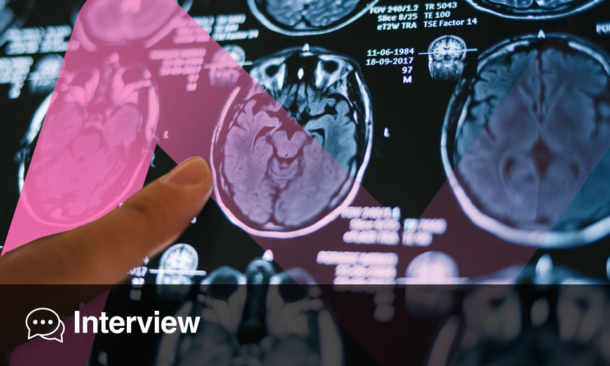FALLS among older adults are a major concern, often leading to injury, hospitalisation, and reduced quality of life. While known neurological conditions such as stroke and dementia are established risk factors, less is understood about the influence of covert cerebrovascular disease (brain abnormalities detected incidentally during imaging, but without overt symptoms). A recent longitudinal study has found that these silent brain changes, particularly covert brain infarcts (CBI) and white matter hyperintensities (WMH), are independently associated with a higher risk of falls requiring medical attention. Notably, nearly one in three people over 50 undergoing neuroimaging had evidence of such covert disease.
Researchers analysed brain imaging data from over 241,000 adults aged over 50 who underwent either CT or MRI between 2009 and 2019. Using natural language processing to extract imaging findings, they identified the presence and severity of CBI and WMH. Individuals with prior diagnoses of stroke or dementia were excluded. The association between covert cerebrovascular findings and subsequent falls was examined using Cox proportional hazards models, adjusting for twelve variables including age, sex, ethnicity, comorbidities, and medication use.
During a mean follow-up of just over three years, 21.2% of the cohort experienced at least one fall requiring medical attention. Fall rates were highest in individuals with both CBI and WMH: 129.3 per 1,000 person-years on CT and 76.3 per 1,000 person-years on MRI. After adjusting for confounders, CBI on CT was associated with a 13% increased fall risk (hazard ratio [HR]: 1.13; 95% CI: 1.09–1.17), and on MRI with a 17% increased risk (HR: 1.17; 95% CI: 1.08–1.27). WMH severity showed a graded relationship with fall risk. On CT, mild WMH had an HR of 1.37 (95% CI: 1.32–1.43), increasing to 1.57 for moderate and severe WMH. On MRI, risk rose similarly from 1.11 for mild WMH to 1.34 for severe WMH.
These findings highlight the clinical importance of recognising covert cerebrovascular disease as a potential marker of fall risk. While imaging is not routinely used for fall prevention, incidental findings could prompt earlier intervention. Limitations include potential variability in imaging interpretation and the reliance on medically attended falls, which may underestimate true incidence.
Reference
Clancy U et al. Association of Covert Cerebrovascular Disease With Falls Requiring Medical Attention. Stroke. 2025;DOI: 10.1161/STROKEAHA.124.050137.







